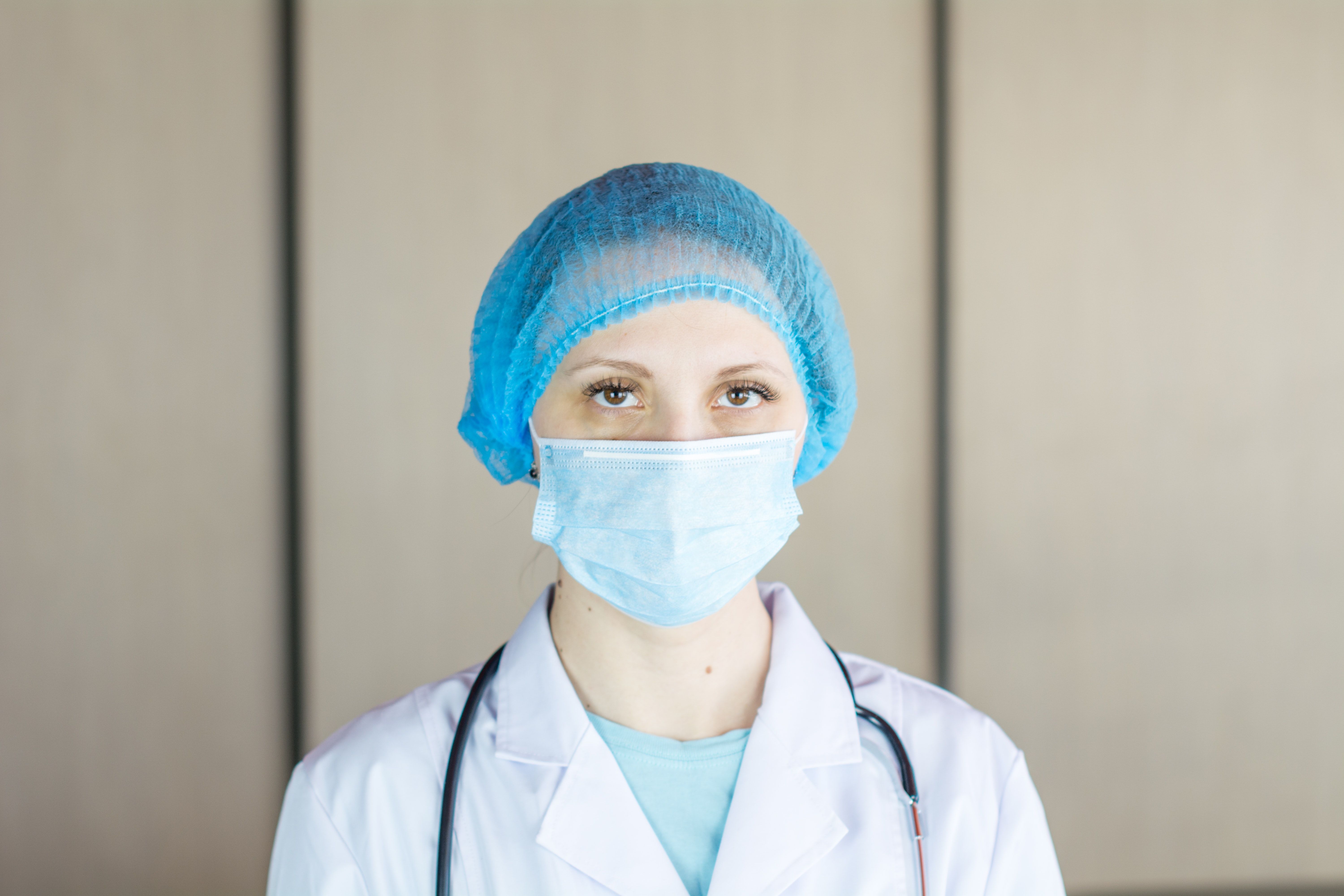How Does Mask Type Worn During Routine Patient Care Protect Healthcare Personnel Against COVID-19?
A study looked at COVID-19 incidence rates in health care workers who wore medical masks vs respirator masks when performing nonaerosolizing, routine patient care.

Personal protective equipment (PPE) has taken on a new meaning during the COVID-19 pandemic. Traditionally a healthcare topic, but the role of masks became a widespread necessity just a few months into the SARS-CoV-2 pandemic. As the world worked through what masks were ideal for community use, respirators for use in healthcare became a supply that we struggled to attain.
Access to respirators, like N95s, and debates around transmission of this novel coronavirus further stressed the situation for healthcare workers. Guidance across many countries has emphasized routine infection prevention measures during the pandemic and those when caring for patients with suspected or confirmed COVID-19.
For those caring for patients with COVID-19 (or suspected), the Centers for Disease Control and Prevention (CDC) recommends a NIOSH-approved N95 or higher and awareness for aerosol-generating procedures. These recommendations were updated in February 2021, but throughout 2020, an N95 mask was preferred but a surgical mask was an acceptable alternative. Much has been debated about the need for N95 masks in healthcare settings, but as more studies evaluate healthcare worker infections and the types of respiratory protection used, medical masks and other interventions have appeared to hold up well.
A new publication in JAMA Network Infectious Diseases evaluated healthcare worker infections at Kaiser Permanente Southern California (KPSC) for those who were tested between March 13 and August 3, 2020. Moreover, they evaluated those were who experienced symptoms of COVID-19, evaluating these cases against CDC exposure criteria.
The research team shared that “Masking protocols for HCWs caring for patients with confirmed or suspected COVID-19 consist of medical masks (MMs) when performing nonaerosolizing, routine patient care and respirator masks (RMs) for patient care in areas with high risk of AEs, identified as emergency, urgent care, and designated COVID-19 medical and surgical units and intensive care units. Patient care not related to COVID-19 and non–patient care encounters did not require any PPE until universal masking was implemented.”
The research team tested exposed healthcare workers on the day the exposure was reported and on days 5, 7, and 14 after the exposure. Symptomatic healthcare workers were tested right when they reported feeling unwell. Researchers used logistic regression to analyze any association between mask usage and test positivity.
Of the 1414 healthcare workers tested, there was a 6.7% positivity rate compared to the community positivity rate, which was 13.9% and of those healthcare workers who test positive, roughly 96% acquired COVID-19 in a non-patient-related exposure. The authors noted that “of the 1414 HCW, 595 (42.1%) had exposures defined by CDC criteria, 961 (68.0%) developed symptoms, 438 (31.0%) worked in high-risk areas, and 396 (28.0%) had underlying health conditions. Furthermore, 302 (21.4%) wore RM, 724 (51.2%) wore MM, and 388 (27.4%) wore no masks (NM).
In unadjusted analysis, we found no difference in HCW positivity between HCW wearing RM vs MM (Table), but a statistically significant lower positivity was found when HCW wore RM vs NM (odds ratio, 0.50; 95% CI, 0.28-0.90; P = .02) and MM vs NM (odds ratio, 0.45; 95% CI, 0.29-0.72; P < .001). We found a similar association between mask use and test positivity after adjusting for confounders.”
Ultimately, as the authors noted, there was not an identified association between those COVID-19 infections (positivity rate) in healthcare workers wearing RM versus MM when they were involved in performing nonaerosolizing procedures, routine patient care, etc. In short, medical masks work quite well in protecting healthcare workers, but we should view this as one piece to infection prevention efforts, in addition to universal masking, distancing, ventilation, etc.
